CNR1
-
Official Full Name
Cnr1 cannabinoid receptor 1 (brain) -
Synonyms
CNR1;cannabinoid receptor 1 (brain);cannabinoid receptor 1;brain-type cannabinoid receptor;striatal cannabinoid receptor type 1 protein;CB1;CB-R;CB1R
Recombinant Proteins
- Zebrafish
- Rat
- Human
- Chicken
- Rhesus macaque
- Xenopus laevis
- Zea Mays
- Taricha granulosa (Roughskin newt)
- Macaca mulatta
- Taeniopygia guttata (Zebra finch) (Poephila guttata)
- Pan troglodytes
- Felis catus
- Pelophylax esculentus (Edible frog) (Rana esculenta)
- Mouse
- Mammalian Cells
- E.coli
- Wheat Germ
- HEK293
- In Vitro Cell Free System
- His
- GST
- Non
- T7
- Flag
- Avi
- Fc
Background
What is CNR1 protein?
CNR1 gene (cannabinoid receptor 1) is a protein coding gene which situated on the long arm of chromosome 6 at locus 6q15. This gene encodes one of two cannabinoid receptors. The cannabinoids, principally delta-9-tetrahydrocannabinol and synthetic analogs, are psychoactive ingredients of marijuana. The cannabinoid receptors are members of the guanine-nucleotide-binding protein (G-protein) coupled receptor family, which inhibit adenylate cyclase activity in a dose-dependent, stereoselective and pertussis toxin-sensitive manner. The two receptors have been found to be involved in the cannabinoid-induced CNS effects (including alterations in mood and cognition) experienced by users of marijuana. The CNR1 protein is consisted of 472 amino acids and CNR1 molecular weight is approximately 52.9 kDa.
What is the function of CNR1 protein?
The CNR1 protein, also known as the cannabinoid receptor 1 (CB1), is a G-protein coupled receptor that plays a crucial role in the endocannabinoid system. CNR1 receptors in the hippocampus are implicated in modulating memory and learning processes. CNR1 is involved in the modulation of pain perception, potentially offering therapeutic targets for chronic pain conditions. CNR1 has been linked to the regulation of mood and anxiety levels, with potential therapeutic applications in various psychiatric conditions. CNR1 can modulate the immune response, with its activation potentially leading to a pro-inflammatory response in macrophages.
CNR1 Related Signaling Pathway
Activation of CNR1 reduces the production of cyclic Adenylate Cyclase (cAMP) by inhibiting the activity of adenylate cyclase, which in turn affects the activity of protein kinase A (PKA), a pathway that plays a role in regulating neurotransmitter release, mood and memory. Activation of CNR1 can activate extracellular signal-regulated kinases (ERKs) in the mitogen-activated protein kinase (MAPK) family, which are involved in cell proliferation, differentiation and survival. CNR1 also activates phosphatidylinositol 3 kinase (PI3K) and protein kinase B (AKT), a pathway that plays a key role in cell growth, metabolism, and survival.
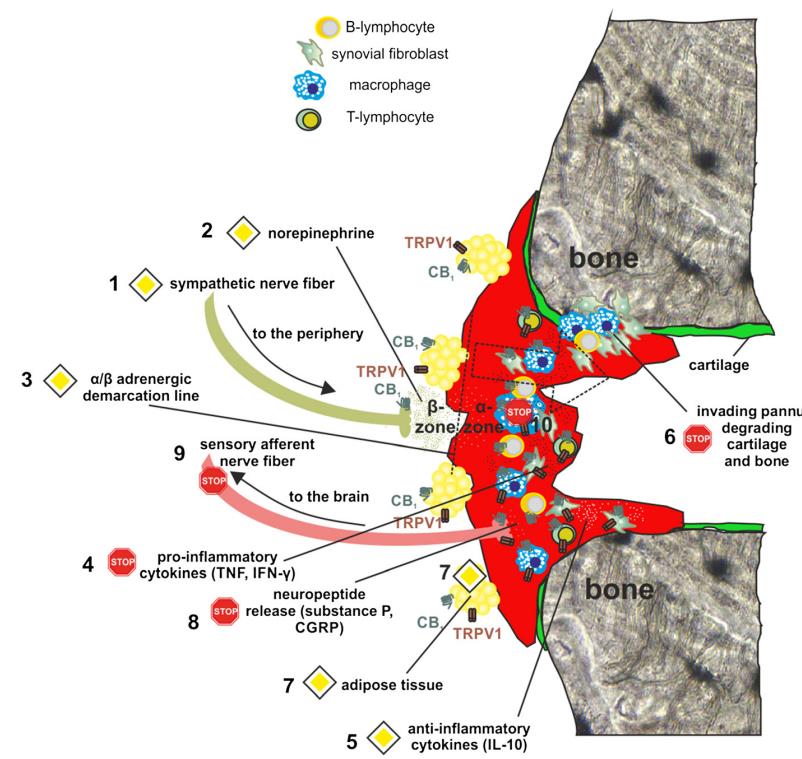
Fig1. Possible effects of CB1 antagonism and fatty acid amid hydrolase (FAAH) inhibition on inflammation in the joint. (Torsten Lowin, 2015)
CNR1 Related Diseases
The CNR1 protein, known as cannabinoid receptor 1 (CB1R), has been implicated in a variety of diseases. The polymorphism of its genes is associated with the clinical manifestations of mental disorders such as schizophrenia. Abnormal CNR1 function is associated with metabolic diseases, including obesity, type 2 diabetes, and fatty liver. In addition, CNR1 also plays a role in the occurrence and development of tumors, for example, in breast cancer, prostate cancer, pancreatic cancer and some types of kidney cancer, the expression level of CNR1 is correlated with tumor progression and prognosis. CNR1 is also implicated in pain perception, inflammatory response, and autoimmune diseases, such as multiple sclerosis, rheumatoid arthritis, and inflammatory bowel disease.
Bioapplications of CNR1
The CNR1 protein, as a cannabinoid receptor 1, has related applications mainly in the medical and drug development fields. Antagonists and agonists of CNR1 are being studied for the treatment of obesity, type 2 diabetes, and other metabolic diseases, acting by regulating appetite and energy balance. In tumor therapy, CNR1 agonists have shown potential to inhibit tumor growth and metastasis and are being evaluated in multiple clinical trials for different types of cancer. In addition, modulators of CNR1 are also being explored in pain management, inflammatory diseases, and the treatment of certain neuropsychiatric disorders.
Case Study
Case Study 1: Liliang Li, 2022
Long-term use of antipsychotics is a common cause of myocardial injury and even sudden cardiac deaths that often lead to drug withdrawn or discontinuation. Mechanisms underlying antipsychotics cardiotoxicity remain largely unknown. Herein researchers performed RNA sequencing and found that NLRP3 inflammasome-mediated pyroptosis contributed predominantly to multiple antipsychotics cardiotoxicity. Pyroptosis-based small-molecule compound screen identified cannabinoid receptor 1 (CB1R) as an upstream regulator of the NLRP3 inflammasome. Mechanistically, antipsychotics competitively bond to the CB1R and led to CB1R translocation to the cytoplasm, where CB1R directly interacted with NLRP3 inflammasome via amino acid residues 177-209, rendering stabilization of the inflammasome. In authentic human cases, the expression of CB1R and NLRP3 inflammasome positively correlated with antipsychotics-induced cardiotoxicity.
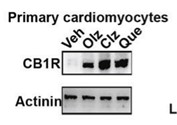
Fig1. Western blot analysis of CB1R in primary cardiomyocytes.
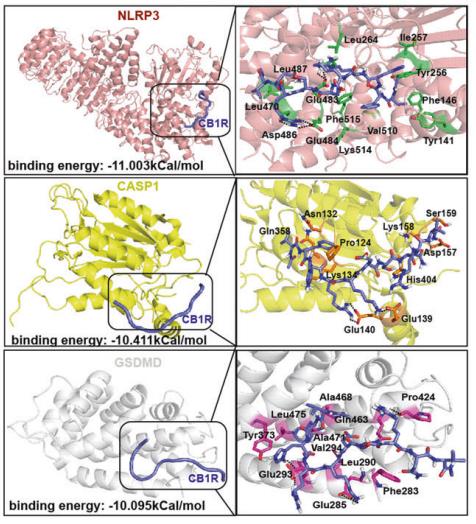
Fig2. The simulated interaction diagram of human CB1R peptide (amino acids 177-189) with other proteins.
Case Study 2: Mireia Casanovas, 2021
Methamphetamine is, worldwide, one of the most consumed drugs of abuse. One important side effect is neurodegeneration leading to a decrease in life expectancy. The aim of this paper was to check whether the drug affects one of the receptors involved in neurodegeneration/neuroprotection events, namely the adenosine A2A receptor (A2AR). First, researchers noticed that methamphetamine does not affect A2A functionality if the receptor is expressed in a heterologous system. However, A2AR becomes sensitive to the drug upon complexes formation with the cannabinoid CB1 receptor (CB1R) and the sigma 1 receptor (σ1R). Signaling via both adenosine A2AR and cannabinoid CB1R was affected by methamphetamine in cells co-expressing the two receptors. In striatal primary cultures, the A2AR-CB1R heteromer complex was detected and methamphetamine not only altered its expression but completely blocked the A2AR- and the CB1R-mediated activation of the mitogen activated protein kinase (MAPK) pathway.
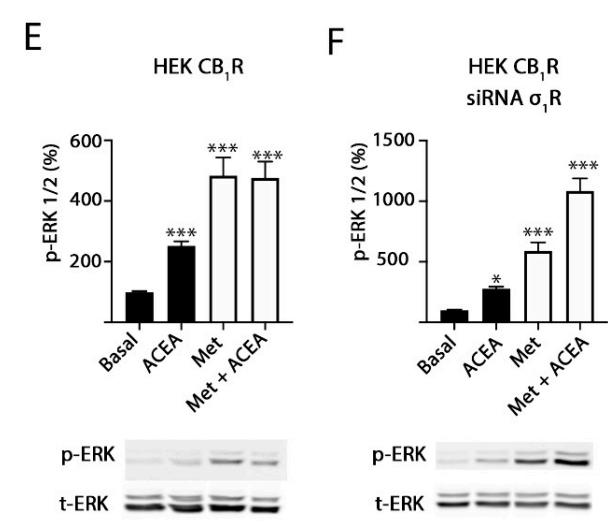
Fig3. HEK-293T cells transfected with cDNAs coding for CB1R.
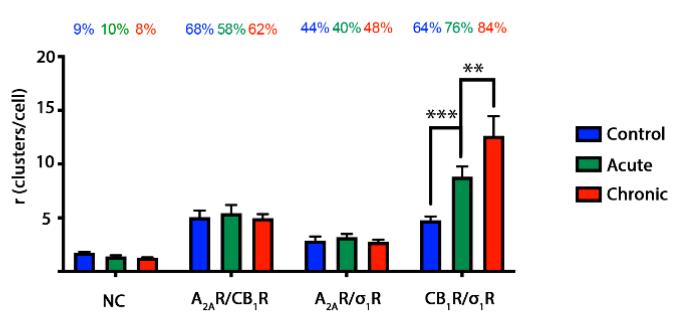
Fig4. Proximity ligation assays (PLA) were performed in striatal neurons treated with the CB1R antibody.
Quality Guarantee
High Purity
.jpg)
Fig1. SDS-PAGE (CNR1-1597H)
.
.jpg)
Fig2. SDS-PAGE (CNR1-718H)
Involved Pathway
CNR1 involved in several pathways and played different roles in them. We selected most pathways CNR1 participated on our site, such as BDNF signaling pathway,Class A/1 (Rhodopsin-like receptors),G alpha (i) signalling events, which may be useful for your reference. Also, other proteins which involved in the same pathway with CNR1 were listed below. Creative BioMart supplied nearly all the proteins listed, you can search them on our site.
| Pathway Name | Pathway Related Protein |
|---|---|
| BDNF signaling pathway | EGR1,YBX1,CFL1,JAK2,SIRPA,CDK5,CSNK2A1P,LINGO1,KCNN2,CDKL5 |
| GPCR ligand binding | PTHRP2,CCL35.2,CCR8,PENK,PROKR2,GAL,TRH,TAS2R3,CXCL11.8,GPR39 |
| GPCR downstream signaling | NMS,TRPC6A,AKAP13,GAL,OPN4B,TAE1,ADM2,QRFPR,ARHGEF17,GCGB |
| Neuroactive ligand-receptor interaction | TAAR10,AVPR1A,DRD2L,PRSS1,GALR2,GABRA4,MC5RA,HTR2C,OPRK1,GRIA2A |
| GPCRs, Class A Rhodopsin-like | HRH3,GPR63,ADORA3,SSTR5,OPN3,ACKR4,RRH,GPR1,CYSLTR1,CCR9 |
| N-cadherin signaling events | GAP43 |
| G alpha (i) signalling events | GAL,ADRA2B,CXCR7B,CCR9,DRD3,SST,CCL35.2,RGS4,CCR1,ADRA2A |
| Class A/1 (Rhodopsin-like receptors) | CCBP2,GPR132,LPAR2B,OPN1LW1,GPBAR1,RLN3,QRFPR,SSTR2,GRP,OXGR1A.2 |
Protein Function
CNR1 has several biochemical functions, for example, cannabinoid receptor activity,drug binding. Some of the functions are cooperated with other proteins, some of the functions could acted by CNR1 itself. We selected most functions CNR1 had, and list some proteins which have the same functions with CNR1. You can find most of the proteins on our site.
| Function | Related Protein |
|---|---|
| cannabinoid receptor activity | GPR55,CNR2 |
| drug binding | PNP,CHRM1,PDE4D,SRP54A,CHRNA7,HTR2C,GPR30,PYGB,UGT1A7,IL2RA |
Interacting Protein
CNR1 has direct interactions with proteins and molecules. Those interactions were detected by several methods such as yeast two hybrid, co-IP, pull-down and so on. We selected proteins and molecules interacted with CNR1 here. Most of them are supplied by our site. Hope this information will be useful for your research of CNR1.
ADORA2A;win 55212-2
Resources
Gene Families
Research Area
Related Services
Related Products
References



